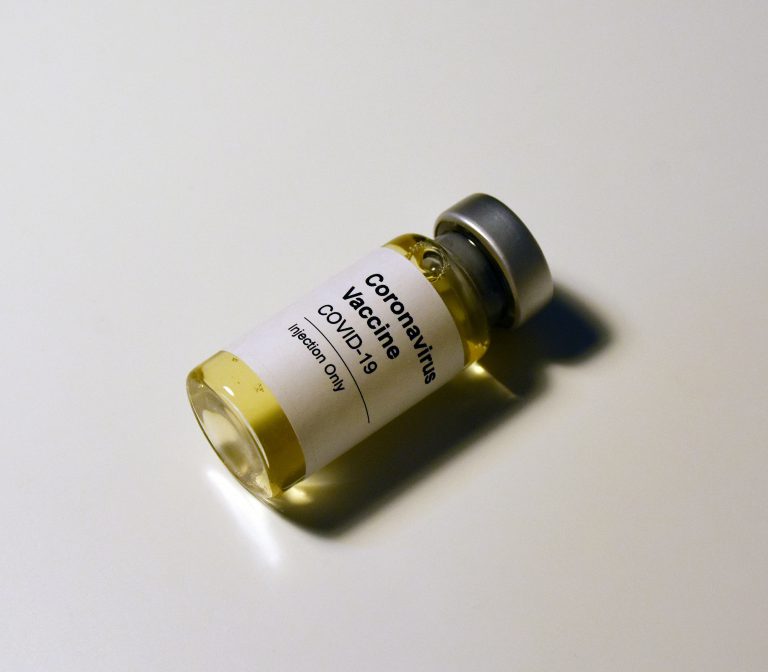Hospitals are busy as it is without the pandemic. Still, with the onslaught of COVID-19 and its even more contagious variant, swells of patients have overwhelmed hospitals, stretching healthcare workers and caregivers thin. With more patients than they can handle, they are at risk of making a common medical error involving tubing misconnections.
Given all the technology present at a patient’s bedside, such as their IVs, feeding tubes, and catheters, it can be easy to confuse the connections between them since they often have compatible connectors. That means a nurse may accidentally send food through the IV instead of the feeding tube, resulting in fatal scenarios. For instance, accidentally connecting the feeding tube to the tracheotomy tube would mean delivering milk into an infant’s lung, causing them to drown. Facilities must mitigate this risk by adopting safer enteral connections, central to patient safety.
European Facilities Make the First Move
While the New York Times brought this issue to light over a decade ago, US hospitals have yet to impose a standard to prevent errors in connecting tubes. Spurred by the Times article, experts have collaborated to develop new ISO standards for tube connections that reduce risk and error. Thanks to this collaboration, ENFit—an enteral feeding device—was born.
With a solution on the horizon, global facilities must now adopt the new devices, with Europe leading the way. Many countries have achieved nearly 100 percent conversion in only 20 months, with Belgium, the Netherlands, Italy, the United Kingdom, France, Germany, and Ireland at the forefront of the movement.
Australia and New Zealand were quick to action, adopting the new ISO-compliant device and quickly converting all their facilities with the technology. Meanwhile, Japan has entirely switched to NRFit, another ISO-compliant device for neuraxial connectors, but will complete the transition to ENFit by November 2021. China and Brazil have also announced plans to follow this year. Since then, there have been no reported adverse effects that resulted from tubing misconnections in the countries that have converted, even during the pandemic.
US Facilities Yet to Follow
Meanwhile, US facilities appear to be dragging their feet in adopting ENFit. As of writing, around 30 percent of American hospitals have converted to the new device, which isn’t nearly enough to reduce the chances of tubing misconnections entirely. However, almost half of the top 25 hospitals in the country have switched to ENFit; US leaders in the healthcare industry like Mayo Clinic, Banner Healthcare, and Sharp Memorial have also made the transition.
To facilitate the conversion process, companies will stop manufacturing legacy enteral feeding products, which will push US hospitals to abide by global standards. By eliminating tubing misconnections, US facilities can provide better healthcare, especially while hospitals continue to be swamped by patients during COVID-19.
Towards a Safer, Uniform Standard
The widespread adoption of ENFit is the first significant step towards eradicating tubing misconnections, thanks to compliance with a single global standard. Although ENFit provides an excellent solution, it requires universal adoption to afford patients full protection. It also needs other solutions in place, with the NRFit device’s adoption lined up next for implementation, used for regional anesthesia connections.
Conclusion
COVID-19 has spotlighted the weaknesses in many countries’ healthcare systems, as its demands have wreaked havoc on many hospitals and facilities. It has also underscored the need to adopt ISO-standard devices globally to eliminate mistakes and prevent fatal errors. Now that more countries are adopting safer enteral connections, patients can expect to receive better healthcare worldwide.
Dose of Healthcare regularly publishes the latest healthcare news in the industry. Our health and medical news cover the most recent developments, providing updates as they come. Be sure to sign up for our healthcare newsletter to never miss out on our posts.
















